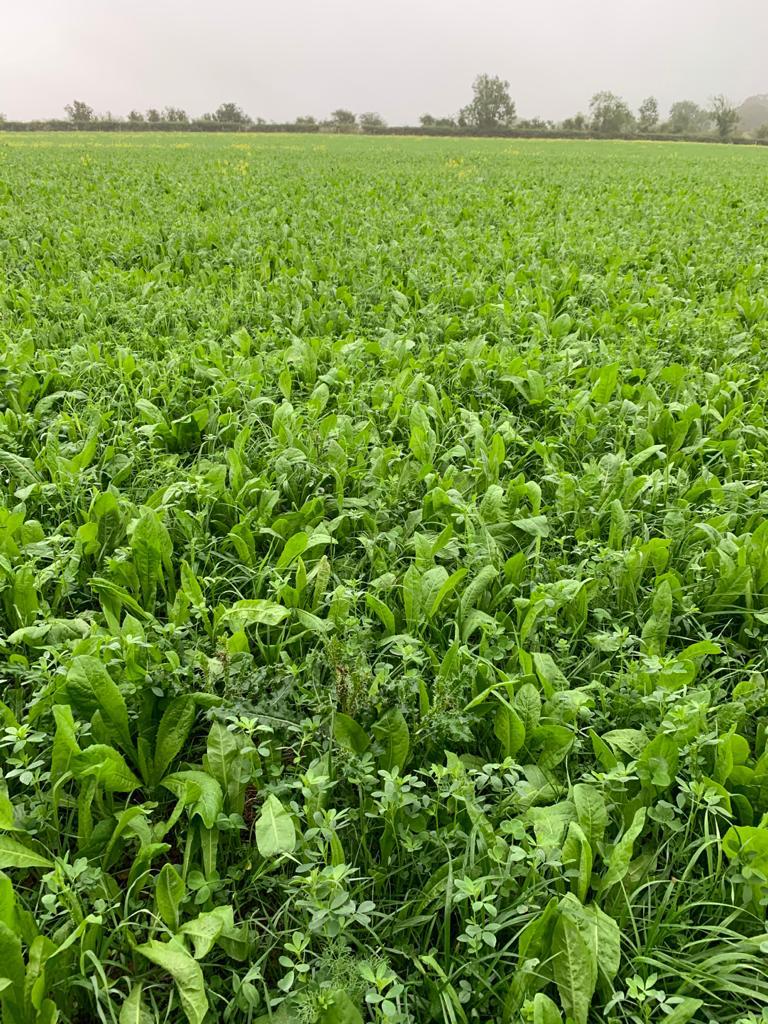Multi-Species Grassland Sward tool
What is a multi-species grassland sward?
The most common definition of a multi-species seed mixture is one that contains two or more species (not including perennial rye grass or white clover). There is nothing new about this - a traditional hay meadow can often have more than 30 species in it. However, with intensification the number of species in many fields has fallen, as we have often become more reliant on perennial ryegrass which is often associated with heavy applications of fertiliser. Recent research has shown numerous benefits of increasing the plant diversity in our grazed and mown pastures.
What does the FAS online tool do?
All fields are unique, this tool lets you input attributes of your field. The tool will then provide a list of species to consider including in a mixture . The tool will provide a brief description of the species and their attributes and the benefits they can bring you and your wildlife. The final mix will depend on your objectives for the field.
What are the agronomic benefits of multi-species swards?
Chiefly multi-species swards can be more resilient, which is of increasing importance with a changing climate. For example, species with deeper roots can be beneficial during a time of unexpected drought.
There have been trials which demonstrate a yield increase from their use. Moreover, trials show less need for bagged fertiliser which is a boost for farm profitability. The Smart Grass Project, led by University College Dublin found that ‘compared to perennial ryegrass, multispecies swards produced the same quantity of herbage Dry Matter with 45% less fertiliser nitrogen.

The tool will explain other useful properties for example nitrogen fixing capability or tolerance to various environmental factors.
What are the biodiversity benefits of multi-species swards?
By increasing the diversity of the plants in our fields we can increase the benefits for many kinds of wildlife, including insects. Insects may not be glamorous, but their numbers are what sustains many more charismatic kinds of farmland wildlife.
What are the benefits to your Farm or Crofts carbon footprint?
In some cases, using multi-species swards will allow you to reduce the amount of bagged fertiliser used. This will reduce the carbon footprint by reducing emissions from the field and from fertiliser manufacture and transportation.
Using the online tool
We would like to hear how you get on using the online tool for your farm or croft. Please send feedback to David.Lawson@sruc.ac.uk. Not sure if it’s worth the effort? Be inspired by two farmers stories of using multi species swards on their farms.
Multi-species Sward Grassland podcast
Multi-species Sward Grassland video
Sign up to the FAS newsletter
Receive updates on news, events and publications from Scotland’s Farm Advisory Service
